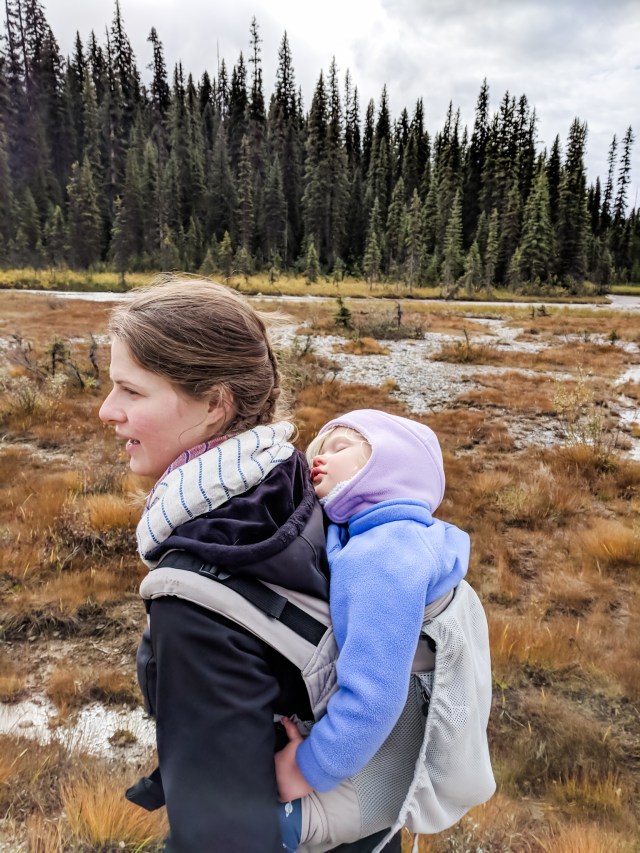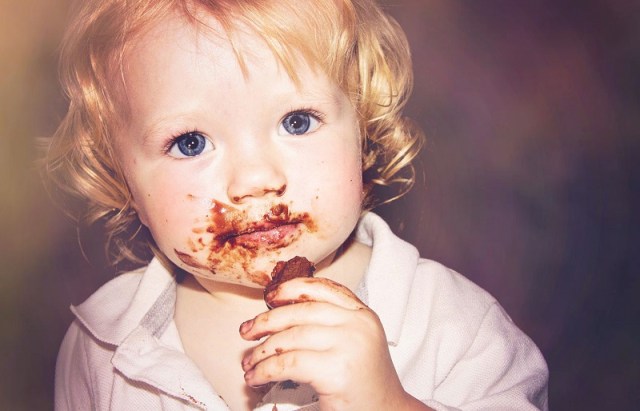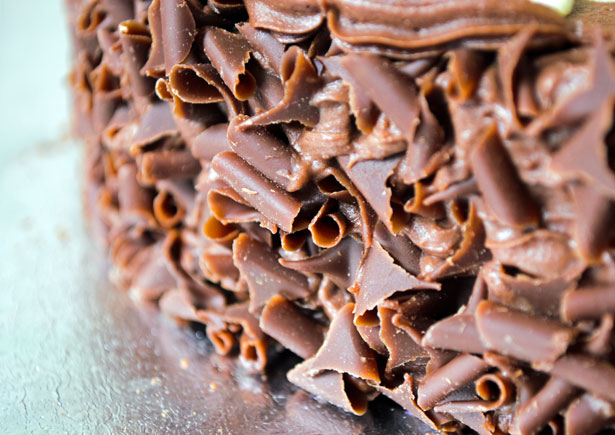As the coronavirus pandemic continues to limit options for activities, families across the country are looking to the outdoors to keep kids entertained and engaged. If you’re like me, you probably know several people who have even embarked on lengthy road trips in rented or hastily purchased RVs. There are plenty of articles extolling the benefits of outdoor time for kids, but what about the parents? As we look to meet the needs of our children and partners with minimal help from a “village,” could venturing outdoors provide a boost to our own health?
My experience indicates a resounding “yes” to this question, and here’s why:
1. Dedicated Family Time. I have a confession to make—I hate pretend play, and I don’t think I’m the only one. When I’m at home, there are only so many rounds of “Restaurant” I can play before the mounds of laundry seem more appealing. When we’re on a hike or at the beach, however, connection feels easier and more organic. I, too, wonder whether that heron will catch the fish she’s hunting, or whether our stick will reappear on the other side of the bridge as we lob it into the creek. Seeing the glee on their faces when the stick floats off brings a lift to my heart. All of us come away from (most of) our outdoor adventures feeling connected and loved.
2. Practicing Mindfulness. As adults, finding that elusive five minutes of peace often feels impossible, especially with co-workers, children, and partners constantly checking in. The practice of “Forest Bathing,” or experiencing the forest with our senses, can help to reset some of the stress that accumulates throughout the day. If your kids are like mine and can’t stop chattering long enough for you to just breathe, ask them to help you by doing things like listening for birds chirping, noticing different shades of green in the trees, sniffing the moss on rocks or dipping hands in a creek.
3. Gym-Free Exercise. Gyms are not my happy place even in the best of times, but during the pandemic, they’ve become more difficult to safely access. To add insult to injury, my kids foiled my attempts to complete a 10-minute workout video by climbing all over my non-existent abs. A banana slug might beat us to the end of the trail, but walking with my kids (usually while carrying or pushing them in a stroller) gives me an opportunity to exercise for which I wouldn’t otherwise make time. I also tend to eat more nutritious snacks on a hike and pick up some Vitamin D through our cloudy Pacific Northwest skies and ample layers of sunscreen, providing bonus health points.
4. Continuous Learning. Don’t hate me, but I’m about to tell you that the constant chorus of “why” from our kids isn’t always bad. As I look at the events of 2020—a global pandemic, a racial justice uprising, a record hurricane, and wildfire season—I’m reminded of how exclusion has impacted our outdoor experience. Indigenous people’s expertise about the stewardship of their ancestral lands is not heeded. Black people do not have equal access to green spaces for exercise or heat relief. Scientific research about the spread of disease and climate change is ignored. I often stumble trying to explain these things to my four-year-old, especially when she asks why they are true. When we hike together, I end up researching which tribe’s ancestral land we’re on, or why some fires help regenerate growth and others destroy entire forests. I will never be perfect, but my clumsy attempts at distilling those hard concepts for her end up helping me learn, too.
5. Community Service Opportunities. Studies have shown that volunteering decreases the risk of depression, provides a sense of purpose, and reduces stress levels. Unfortunately, many volunteering opportunities exclude children for safety reasons or take place indoors, making them hard to participate in during a pandemic. Luckily, volunteering and getting outside can be family-friendly! A trash-spotting scavenger hunt for kids on your next hike or neighborhood walk (don’t forget gloves and a trash bag to pack it out!) can be a great way to help your community. If picking up trash is too gross for you or your young kids might “help” too much, consider spending some outside time gardening together and donating produce (or homemade goodies using the produce) to neighbors.
Leaving the house regularly for some time outdoors will get harder as we move towards winter, but the benefits are real for both parents and kids.
Photo: Natasha Dillinger via suitcasesinseattle.wordpress.com




















